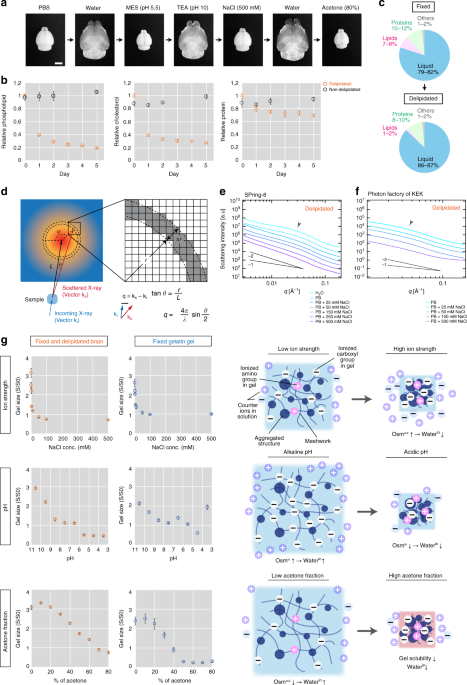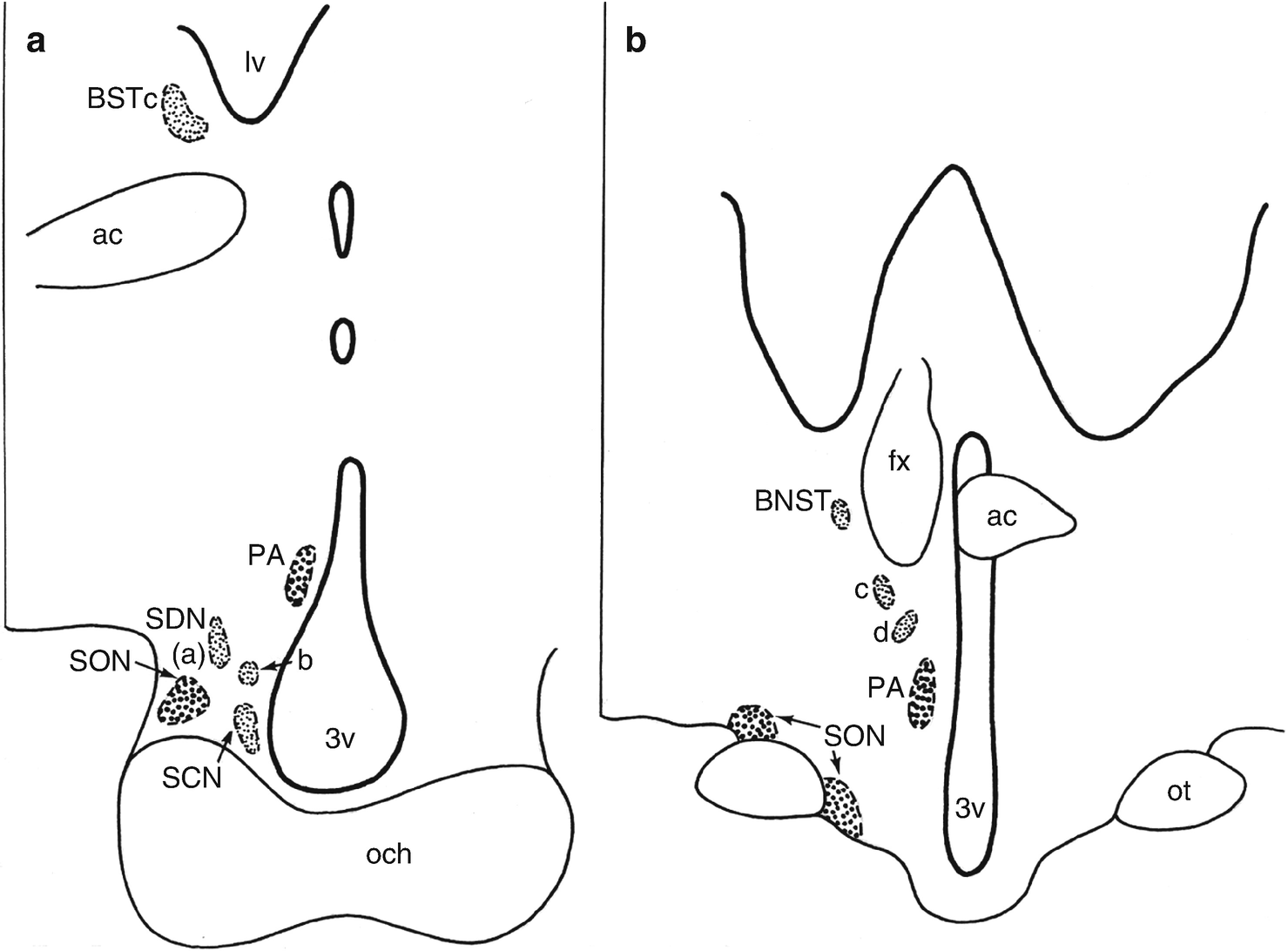
These studies showed that the nervous system in Kinorhyncha is composed of a circumpharyngeal brain, divided into anterior somata, neuropil and posterior somata, and several longitudinal nerves in the trunk that are generally connected by two commissures per segment. Most of the available data are from general morphological studies of ultrastructure such as the one by Kristensen and Higgins. Except for the detailed and extensive ultrastructure work by Nebelsick with Echinoderes capitatus, very few studies have been exclusively focused on the nervous system in Kinorhyncha. Data on the nervous system architecture of kinorhynchs is limited.

Studies of loriciferans nervous systems are restricted to a few ultrastructural investigations in a couple of species: Nanaloricus mysticus and Pliciloricus enigmaticus, whereas no immunohistochemical data are currently available. More inclusive detailed studies of the nervous system within Scalidophora are therefore required to help assess evolutionary relationships among cycloneuralian taxa.ĭespite the paucity of data on the scalidophoran nervous systems, several studies on priapulid morphology are available, which include both macroscopic ( Halicryptus, Priapulus, Priapulopsis) and microscopic genera ( Tubiluchus, Meiopriapulus), as well as adult and larval stages. The results of that study recovered a clade of loriciferans and priapulids, which indicates only partial evidence of scalidophoran monophyly due to the absence of kinorhynchs, a relatively low support for the clade, and a limited taxon sampling within ecdysozoans. included transcriptomic data from Loricifera and Priapulida in a recent phylogenetic hypothesis but did not include Kinorhyncha. Within Scalidophora, Kinorhyncha and Priapulida typically resolve as sister groups in most phylogenetic investigations however, Loricifera is rarely included in the datasets analyzed (except for ). The monophyly of Scalidophora, basal ecdysozoan groups with a radial head bearing scalids, is also uncertain without a stable phylogenetic framework (summarized in ).

Critical morphological reassessments are necessary to reconcile current incompatibilities between molecular and morphological datasets. However, a monophyletic Cycloneuralia remains contentious in different phylogenetic analyses that more often show them as paraphyletic (e.g. Thus far the monophyly of Cycloneuralia is supported solely by morphological descriptions associated with the shared structure of their circumpharyngeal ring-like brain. All of these lineages split deep within the molting animals or Ecdysozoa.


Such is the case for the Cycloneuralia which includes Scalidophora (Kinorhyncha, Loricifera and Priapulida) and Nematoida (Nematoda and Nematomorpha). Studies of these so called lesser-known groups will help us to resolve evolutionary changes among animals that occupy key positions in the tree of life. Large gaps of knowledge prevail, especially among most of the “lesser-known phyla”. Our current understanding of bilaterian neural architecture is biased towards certain animal groups such as arthropods and vertebrates, which only represent a fraction of the existing diversity of nervous systems. All extant nervous systems reflect different evolutionary pressures on different life histories, resulting in variation of overall organization ranging from nerve nets to highly complex centralized systems. Nervous organ systems are responsible for receiving, processing and transmitting information to coordinate movement and behavior across the Metazoa.


 0 kommentar(er)
0 kommentar(er)
